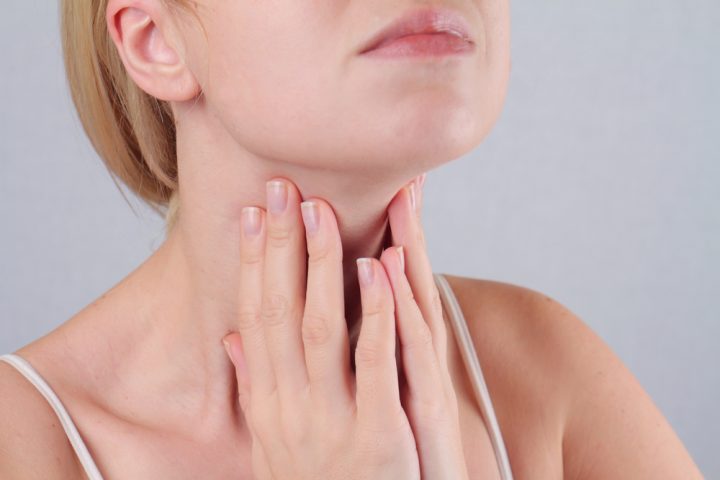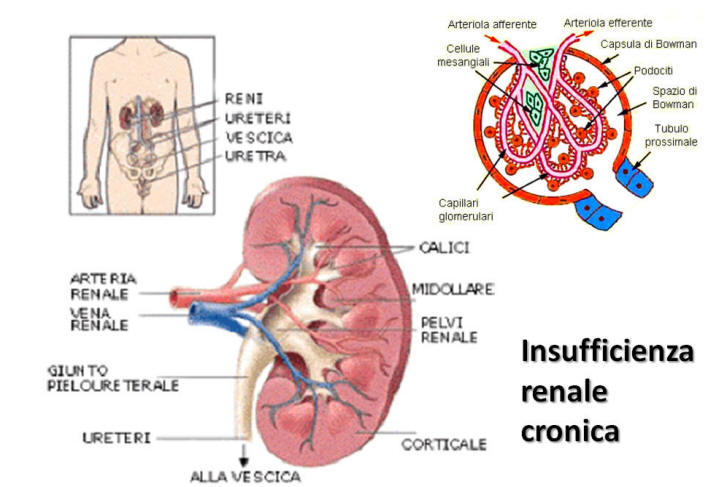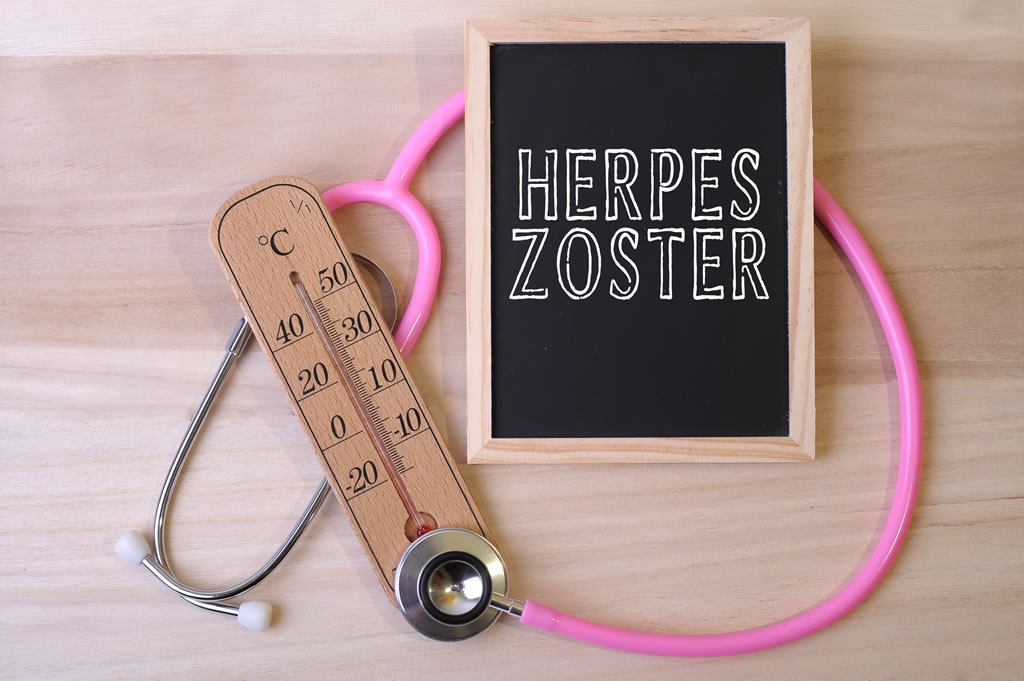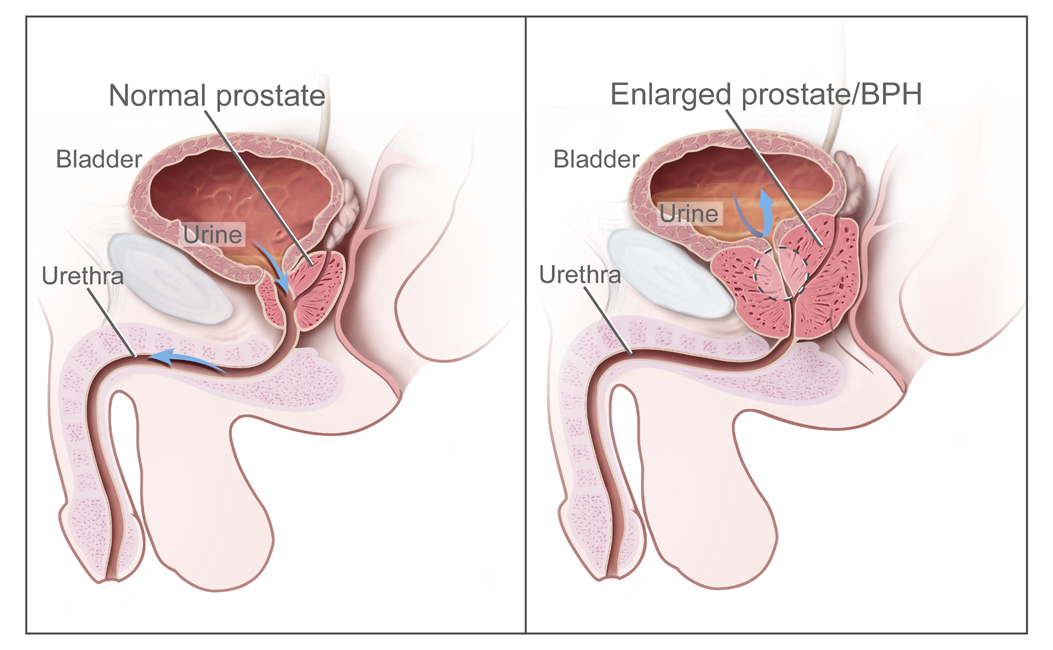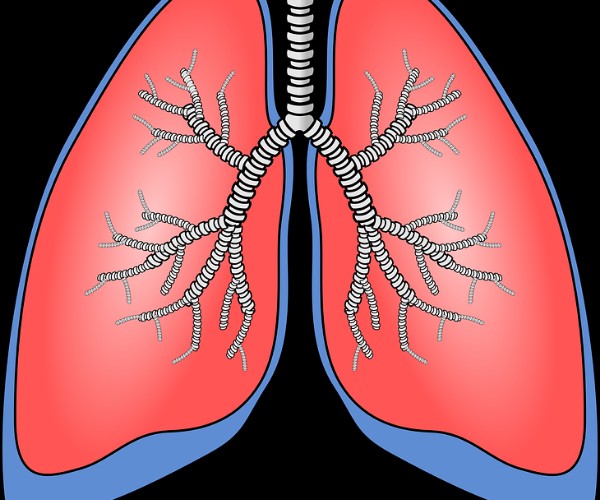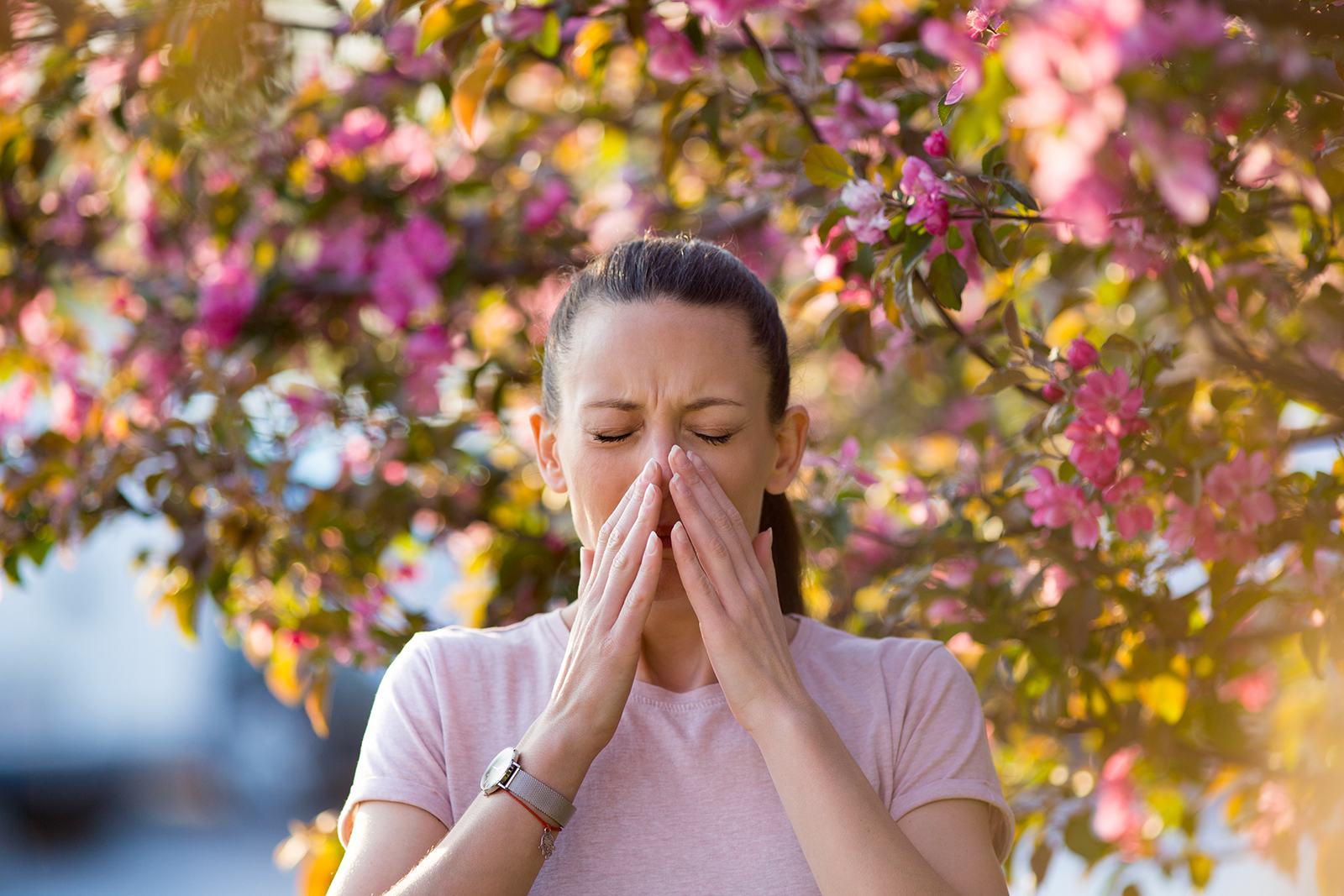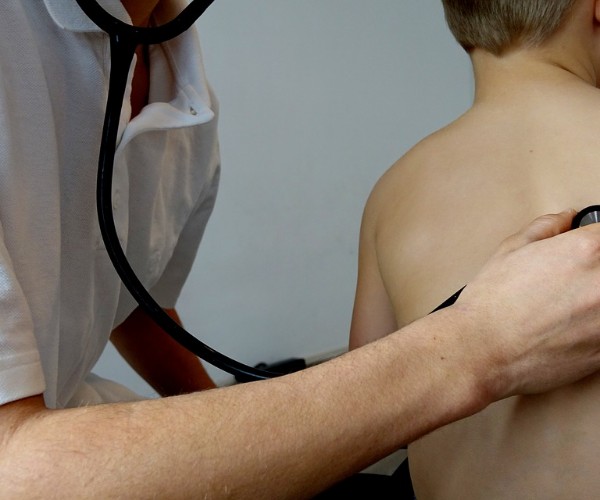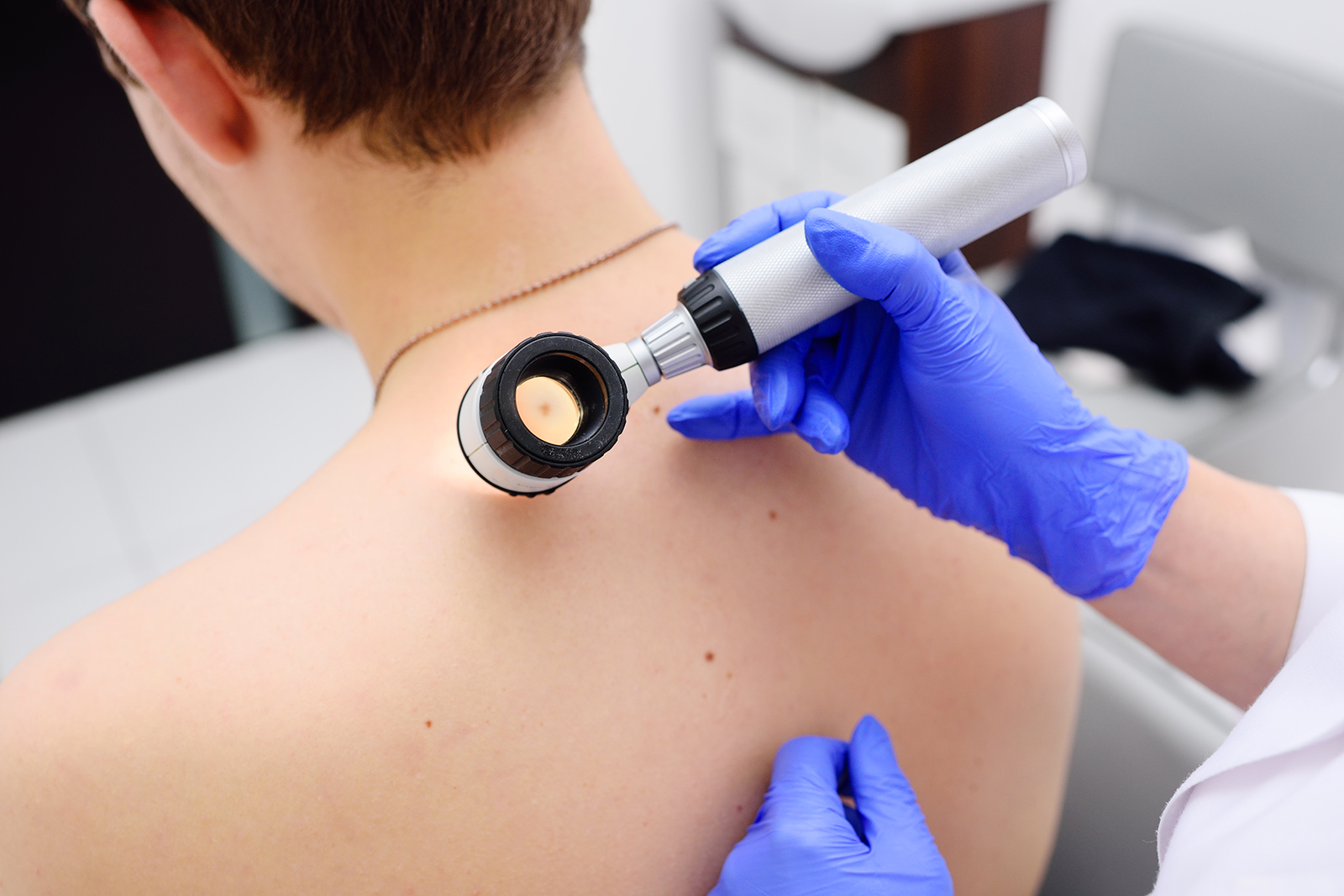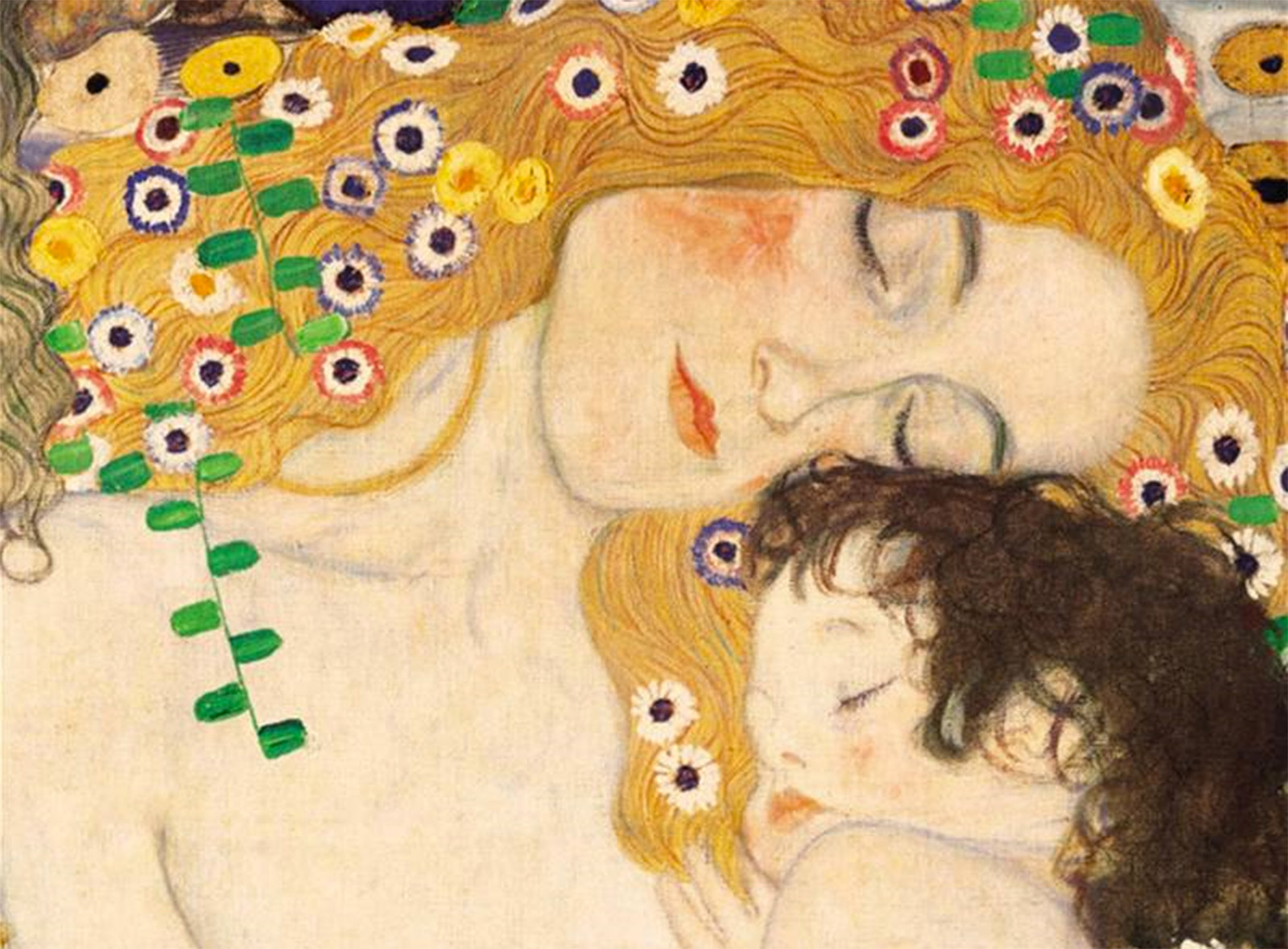A cold is an acute respiratory infection of viral origin that primarily affects the nose and throat and may be accompanied by coughing. Once affected by the viruses, the nasal mucous membranes become inflamed, swell, and begin to produce mucus, usually fluid and clear, more or less abundant. Although they can be very bothersome, these manifestations should not be resisted because they are an expression of the attack that the immune system is making on the cold virus and, in fact, help to heal.
A cold is a harmless seasonal ailment that usually heals on its own within 3-7 days. It is very common among children, who may experience it repeatedly especially in the fall and winter months (reaching up to 7-10 episodes per year), but it also routinely affects adults (on average 2-3 times per year).
Disorders and symptoms
Characteristic symptoms of a cold include a dripping (rhinorrhea) and flushed nose, feeling stuffy and difficulty breathing through the nostrils, sneezing, sore throat, coughing, mild headache (especially in the middle of the forehead), sometimes a few lines of fever and modest general malaise.
In infants and younger children, recurrent colds can facilitate the onset of otitis, sinusitis, and more or less intense inflammation of the upper airways (pharyngitis, laryngitis, tracheitis, tonsillitis): all diseases that need to be managed with the help of the pediatrician and may sometimes require the use of antibiotics (always to be taken only on prescription).
Causes
Causing colds are more than 200 types of viruses, mainly belonging to the rhinovirus and coronavirus classes, which are respiratorily transmitted and can infect humans at any time of the year.
Coronaviruses tend to multiply and cause colds especially from early fall to early spring, when the immune defenses of the respiratory system are reduced due to cold weather, temperature changes, smog and other unfavorable environmental factors.
Rhinoviruses spread best when the weather is milder (spring and summer), causing annoying “unseasonable” symptoms, which should not be confused with those of “allergic rhinitis.” The manifestations in the two cases are quite similar, but while rhinovirus colds last for a few days, the symptoms of allergic rhinitis tend to persist as long as allergens to which one is sensitive are present in the air.
To date, there is no vaccine to prevent colds. To reduce the risk of contracting it, some practical steps can be taken such as: wash your hands often, with soap and water or antiseptic gels; avoid touching your nose, mouth and eyes with hands that are not perfectly clean; avoid crowded enclosed places; stay away from people with cold symptoms; do not smoke; use disposable paper towels and throw them in the garbage immediately after blowing your nose or sneezing; ventilate the rooms in which you stay frequently, but without exposing yourself to air blasts or temperature changes; support your immune system by getting enough rest, exercising regularly, avoiding stress, eating healthy foods and taking adequate amounts of vitamins, zinc and minerals.
Diagnosis
Diagnosis of a cold is extremely simple and related to the finding of characteristic symptoms. Whether it affects a child or an adult, the common cold does not involve discomfort that requires medical attention. However, when the disorder is very intense and/or associated with coughing, when it affects a child in the early years of life or a frail elderly person, and when it persists for several days or recurs frequently, it is reasonable to undergo a medical examination to receive an accurate diagnosis and targeted treatment recommendations.
How to treat
Even a fairly intense cold gets better within a few days without special treatment. However, when the symptoms bother you a lot or prevent you from sleeping and concentrating, you can try to relieve them by resorting to decongestant nasal sprays, which relieve the inflammation of the mucous membrane of the nose, providing quick, if partial and temporary, relief.
Decongestant nasal sprays are contraindicated in children and in those with hypertension, glaucoma, diabetes, thyroid disorders, and during pregnancy and lactation. Even adults without these conditions, however, should try to use nasal sprays as little as possible so as not to risk prolonging the discomfort too long. The advice is to apply them no more than 3-4 times a day (1-2 sprays per nostril) and for up to 4-5 days.
Effective and harmless alternatives for clearing the noses of children and adults include nasal washes with sterile saline, aerosol, and suffumigation. Absolutely forbidden, on the other hand, is the use of antibiotics: against viruses, antibiotics are completely useless and their incorrect intake promotes the development of resistant bacteria that are increasingly difficult to fight.








